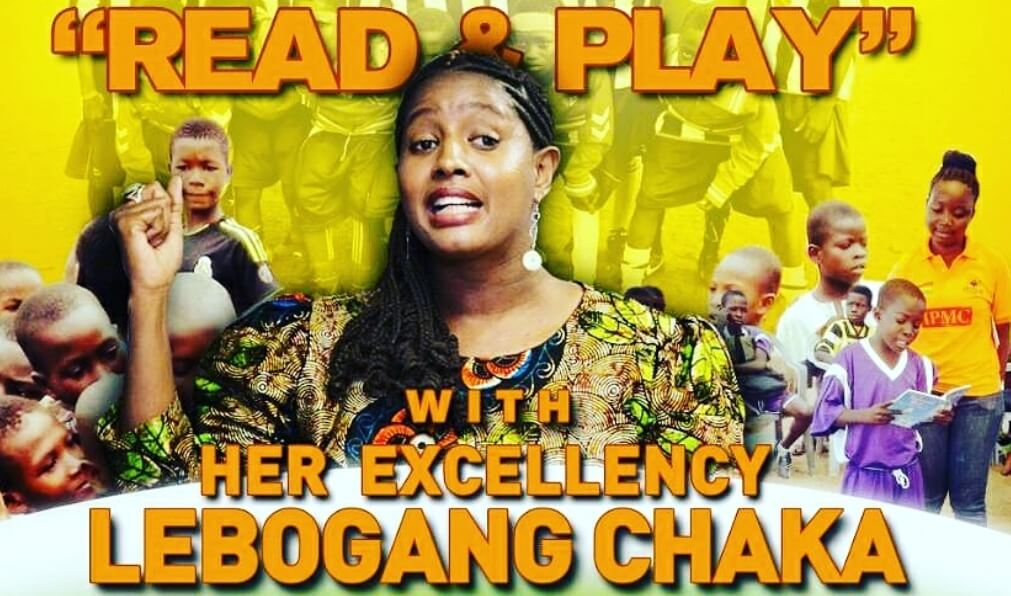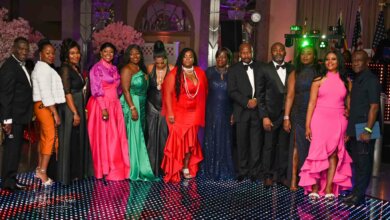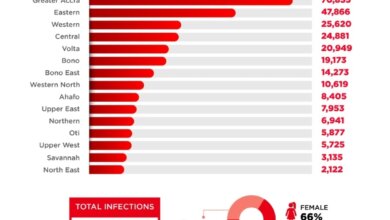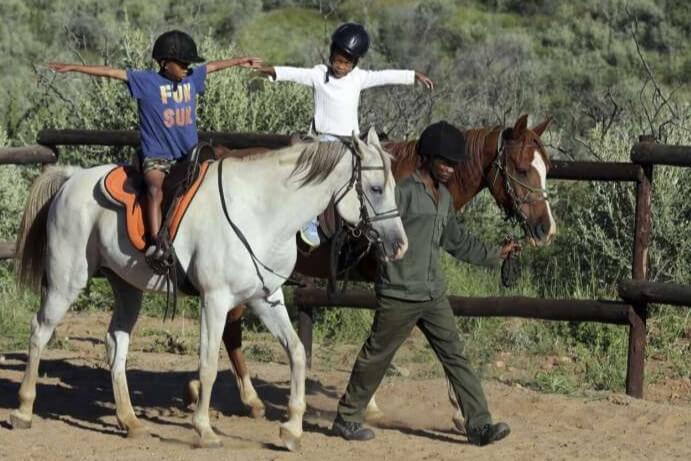
On the outskirts of Namibia’s capital, a quiet transformation is taking place. Twice a week, children with disabilities from the Hope Village Orphanage and Dagbreek School for Children with Disabilities gather at Bergheim Country Estate to participate in an unconventional form of therapy—horse-riding.
The initiative, known as the Enabling through the Horse program, combines equestrian training with physical and cognitive development goals, offering children between the ages of 5 and 15 a chance to strengthen their motor skills, posture, balance, and even speech.
The program was founded by Susan De Meyer, a former teacher and experienced equestrian, who was inspired by her own son’s progress after he took up horse-riding to help manage his dyslexia.
“It is an immense advantage to all disabled kids,” De Meyer said. “It helps them to balance, it helps them with their equilibrium, it helps them to get a good posture so that they can sit behind a desk and do their schoolwork. It also helps them with speech disabilities. They start talking when they ride, because the horse becomes an extension of the body.”
The program caters to children with a range of disabilities and developmental conditions, including cerebral palsy and fetal alcohol syndrome. But for many, the impact goes beyond the physical.
Chriszell Louw, a junior phase teacher at Dagbreek School, said initially, some children were hesitant. “They were scared, some of them were very scared when they started with the horse riding,” she said. “But now they are very excited. If they hear we’re going to the horses, they just want to go by themselves.”
That change in attitude, educators say, reflects the growing confidence and emotional growth the children gain from engaging with the horses. Riding requires coordination, trust, and communication—skills that can often be challenging for children with special needs, but which are naturally nurtured through therapeutic riding.
De Meyer emphasized that the horse’s movement stimulates key muscle groups and brain areas responsible for speech and spatial awareness. “It’s not just riding for fun,” she said. “It’s structured, and every movement has a therapeutic purpose.”
The program has also drawn the support of Namibia’s equestrian governing body. Richard Frankle, president of the Namibia Equestrian Federation, said the long-term goal is to identify and train children who may one day compete as para-athletes in disciplines such as show jumping, endurance riding, and dressage.
“There’s always initial fear from parents,” Frankle said. “When you think of a child with disabilities sitting on a large animal, it’s natural to worry. But those fears quickly disappear when the benefits become visible—not just to parents and teachers, but to the children themselves.”
Frankle noted that while equestrian sports have traditionally been seen as exclusive, initiatives like this are helping to expand access and redefine what participation looks like. “We’re not just introducing children to horses—we’re introducing them to possibility,” he said.
While resources for children with disabilities remain limited in many parts of the country, programs like Enabling through the Horse are showing what can be achieved through community partnerships, dedicated educators, and a bit of creative thinking.
“They learn that they are capable,” said Louw. “They’re not just watching from the sidelines. They’re doing something brave, something meaningful. And you can see how much that means to them.” For the children, the experience is more than therapeutic, it’s empowering.
Written by Kweku Sampson
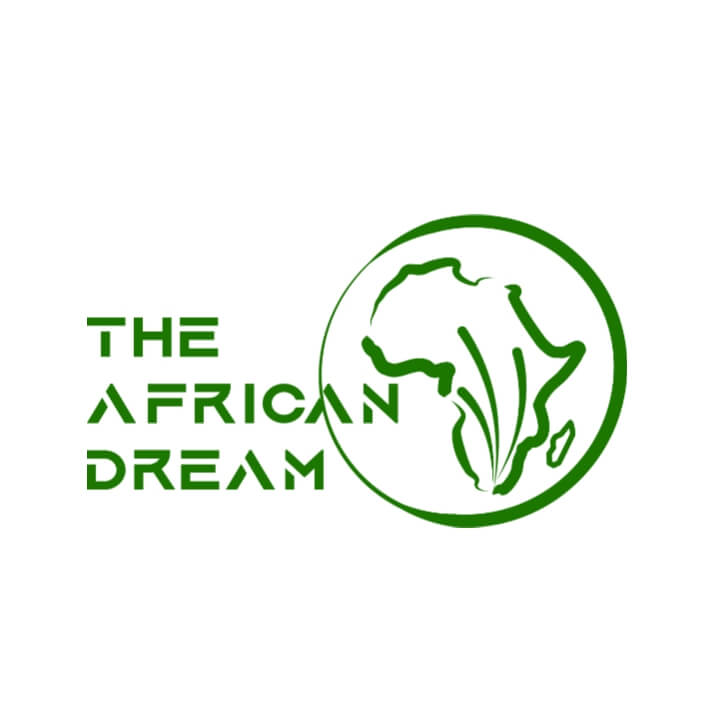
This article is published by either a staff writer, an intern, or an editor of TheAfricanDream.net, based on editorial discretion.

